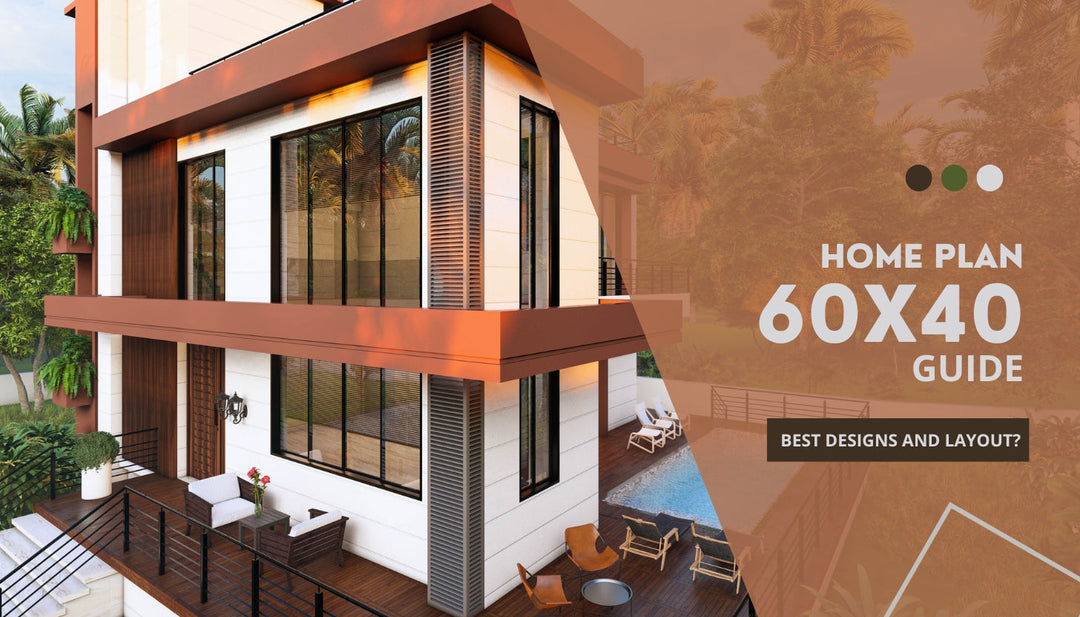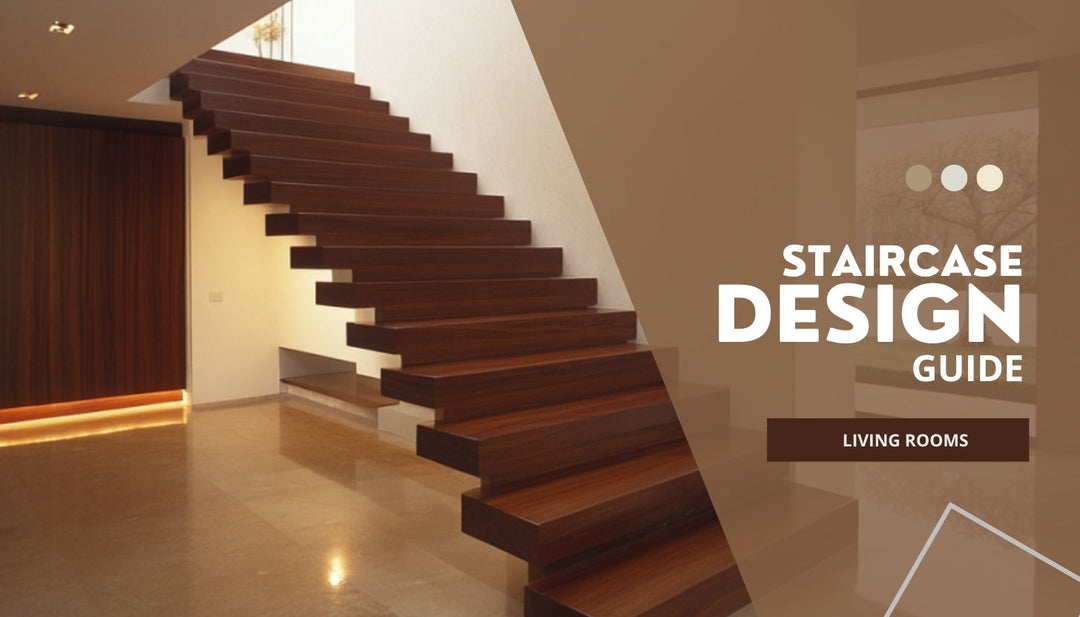Filler Slab Technology: Revolutionizing Home Design with Efficiency and Aesthetics

In the realm of modern architecture, sustainability and cost-effectiveness are paramount. At Ongrid Design, we're excited to introduce you to an innovative solution that's transforming residential construction: filler slab technology. This cutting-edge technique not only enhances your home's aesthetic appeal but also offers substantial economic and environmental benefits. Let's delve into the intricacies of filler slab technology and explore how it can elevate your home design.
Key Takeaways
- Filler slab technology reduces construction costs by 15-20% while enhancing thermal insulation by up to 30%.
- This innovative method significantly lowers the environmental impact of construction by reducing concrete usage.
- Filler slabs offer unique aesthetic possibilities, allowing for creative ceiling designs.
- The lighter weight of filler slabs contributes to structural efficiency and design flexibility.
- Proper implementation requires careful material selection and collaboration with experienced professionals.
- Filler slab technology is particularly beneficial in hot climates like Pune for improved energy efficiency.
What is Filler Slab Technology?

Filler slab technology is an ingenious construction method where we replace a portion of concrete in a slab with lightweight, non-structural materials. These fillers, such as clay tiles or hollow bricks, are strategically placed between the structural grid of the slab. This approach reduces concrete usage without compromising the building's structural integrity.
Key Components of Filler Slab Construction:
- Structural grid (reinforced concrete)
- Lightweight filler materials (e.g., clay tiles, hollow bricks)
- Reduced concrete volume in tension zones
- Strategic placement for load distribution
Benefits of Filler Slab for Residential Applications

1. Cost Efficiency
By incorporating cheaper, readily available filler materials, filler slab technology significantly reduces overall construction costs. Our clients at Ongrid Design typically see a 15-20% reduction in slab construction expenses. For a more detailed understanding of construction costs, check out our home construction cost calculator.
2. Enhanced Thermal Insulation
One of the standout features of filler slab technology is its superior thermal insulation properties. The air pockets created by lightweight filler materials act as natural insulators, reducing heat transfer by up to 30% compared to conventional slabs. This aligns perfectly with passive architecture strategies for Indian homes.
3. Environmental Sustainability
Filler slab construction aligns perfectly with Ongrid Design's commitment to eco-friendly architecture. By reducing concrete usage (a material with a high carbon footprint) and incorporating recycled or locally-sourced fillers, we can lower the environmental impact of your project by up to 25%.
4. Aesthetic Versatility
Filler slabs offer unparalleled design flexibility. The exposed filler materials can be arranged in visually striking patterns, adding an artistic dimension to ceilings and other architectural elements. This fusion of form and function is a hallmark of Ongrid Design's approach to interior spaces.
5. Structural Efficiency
The lighter slab reduces the dead load on the structure, allowing for more design flexibility. This can lead to:
- Thinner columns and beams
- More efficient use of space
- Potential for larger spans in open-plan designs
Comparative Analysis: Filler Slab vs. Conventional

Slab
|
Feature |
Filler Slab |
Conventional Slab |
|
Cost |
15-20% lower |
Standard |
|
Thermal Insulation |
Superior (up to 30% better) |
Standard |
|
Weight |
25-30% lighter |
Standard |
|
Aesthetic Potential |
High |
Limited |
|
Environmental Impact |
Reduced by up to 25% |
Standard |
How Filler Slab Technology Improves Home Design

At Ongrid Design, we leverage filler slab technology to create homes that are not only beautiful but also highly functional and efficient. Here's how this technology enhances various aspects of home design:
- Energy Efficiency: Better insulation leads to reduced cooling costs, which is especially crucial in Pune's climate. This can be further enhanced by integrating solar panel systems with filler slab technology.
- Acoustic Performance: The varied density of materials in filler slabs can improve sound insulation between floors.
- Design Flexibility: Allows for creative ceiling designs that become focal points in interior spaces.
- Structural Adaptability: Lighter slabs enable more flexible floor plans and potential for future modifications, which is particularly beneficial in 3BHK designs.
Expert Tips for Implementing Filler Slab Technology

- Material Selection: Choose filler materials based on local availability and specific project requirements.
- Pattern Design: Work with an experienced designer to create ceiling patterns that complement your overall interior aesthetic.
- Structural Consultation: Always involve a structural engineer to ensure the design meets all safety standards.
- Climate Consideration: In Pune's hot climate, maximise the use of thermally efficient fillers for optimal insulation. This is crucial in combating urban heat island effects.
- Maintenance Planning: Develop a maintenance schedule to ensure the longevity of exposed filler materials.
Considerations for Architects and Designers

While filler slab technology offers numerous advantages, it's crucial to consider these factors for successful implementation:
- Filler Material Choice: Select materials that are lightweight, durable, and locally available to optimize costs and performance.
- Structural Integrity: Collaborate with structural engineers to ensure the load-bearing capacity is not compromised.
- Skilled Labor: While material costs are lower, skilled labour is essential for proper execution.
- Climate Adaptation: In Pune's climate, focus on maximising thermal insulation benefits.
- Long-term Performance: Consider the durability and maintenance requirements of exposed filler materials.
It's important to note that these considerations should be aligned with the latest Pune Development Control Regulations (DCR) 2024 for residential buildings to ensure compliance.
Frequently Asked Questions About Filler Slabs

To help you better understand filler slab technology and its application in modern home design, we've compiled answers to some frequently asked questions:
What exactly are filler slabs?
Filler slabs are an innovative construction technique where lightweight materials like clay tiles or hollow bricks partially replace concrete in the tension zone of a reinforced concrete slab. This method reduces the overall weight and concrete usage while maintaining structural integrity.
Is filler slab construction cost-effective?
Yes, filler slab construction is generally cost-effective. At Ongrid Design, we've found that it can reduce slab construction costs by 15-20% compared to conventional methods. For a detailed cost analysis, check our home construction cost calculator.
What is the maximum span possible for a filler slab?
The maximum span of a filler slab depends on various factors, including the structural design and materials used. Typically, spans of up to 4-5 meters are common, but larger spans are possible with proper engineering. Always consult with a structural engineer for your specific project requirements.
What is the typical thickness of a filler slab?
Filler slab thickness can vary based on design requirements, but it's generally comparable to conventional slabs. Common thicknesses range from 110mm to 150mm for residential applications. The exact thickness will depend on the span, load, and filler materials used.
What is the difference between a fill slab and a filler slab?
A "fill slab" typically refers to a concrete slab poured over compacted fill material, often used in ground-floor construction. In contrast, a "filler slab" is a structural slab where part of the concrete is replaced with lighter materials to reduce weight and improve insulation.
Are filler slabs load-bearing?
Yes, filler slabs are designed to be load-bearing. The reinforced concrete ribs in the slab carry the structural loads, while the filler materials occupy the non-load-bearing areas. This design allows filler slabs to function effectively as structural elements in various home designs.
What is the basic methodology of filler slab construction?
The methodology involves:
- Designing the structural grid
- Placing reinforcement bars
- Arranging filler materials (e.g., clay tiles) in the tension zone
- Pouring concrete around the fillers
- Curing the slab
This method requires skilled execution to ensure proper integration of fillers and concrete.
How thick should a standard concrete slab be?
Standard concrete slab thickness varies based on its purpose and load requirements. For residential floors, thicknesses typically range from 100mm to 150mm. However, in Pune's construction landscape, specific requirements may apply based on local building codes.
Is a 4-inch (100mm) slab thick enough for residential use?
A 4-inch slab can be sufficient for some residential applications, such as patios or lightly loaded interior floors. However, for main structural floors, especially in multi-story buildings, thicker slabs (5-6 inches or more) are often recommended. The appropriate thickness depends on various factors, including span, load, and local building codes.
For personalized advice on slab design and thickness for your specific project, we recommend consulting with our experts at Ongrid Design. We can help you navigate the technical aspects while ensuring compliance with Pune's residential building regulations.
Conclusion: The Future of Residential Construction
Filler slab technology represents more than just a construction technique; it's a forward-thinking approach that enhances both the functionality and aesthetics of your home. By integrating lightweight filler materials, it offers a trifecta of benefits: cost savings, improved thermal performance, and environmental sustainability.
At Ongrid Design, we're committed to pushing the boundaries of architectural innovation. Filler slab technology is just one of the many ways we help our clients in Pune and beyond achieve their dream homes. Whether you're planning a new build or a renovation, consider filler slab technology as a cornerstone for a more sustainable, cost-effective, and visually striking design.
Ready to revolutionise your home design with filler slab technology? Contact Ongrid Design today, and let's create a space that's not just a house, but a home engineered for the future. For a detailed breakdown of interior design costs in Pune, visit our comprehensive guide.








We are looking for expert for Filler slab (RCC) for our house which is jn the process of construction. We require expert who can visit site and train our team of labourer & contractor.
Location- Devrukh, Sangameshwar Taluka, Ratnagiri District, Maharashtra
9820196780
Leave a comment